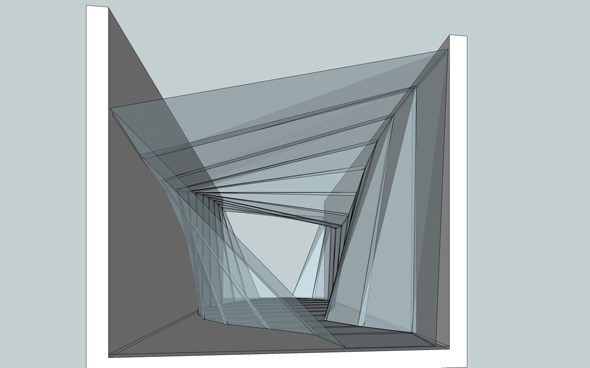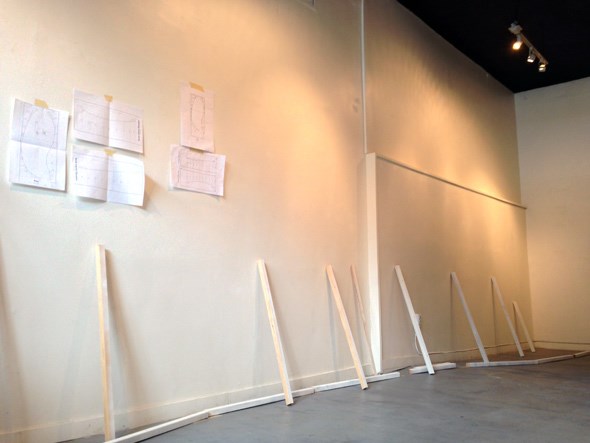| Â鶹´«Ã½Ó³» is a proud sponsor of , a storefront dedicated to pop ups which provides anyone that has an idea and the desire to bring it to life with the opportunity to make it happen. Every time a new pop up is about to launch you'll catch a sneak peek here on V.I.A.! |

Faraday Café is (HCMA) first artist in residence installation by social artist . Starting Wednesday, July 2nd The Chinatown Experiment welcomes Faraday Café, a WiFi and cell phone reception-free zone, for a two-week long pop-up at 434 Columbia St. They’re hoping that people come in and use the space and grab a coffee but also to take it and use it as their own. Julien will be serving artisan coffee by donation.
The café will be open daily (except for Sundays) from 10am - 6pm until Wednesday, July 16th.There will be morning meditation sessions, afternoon DJ sets (around 3 or 4 o’clock), a storytelling event in the evening of Tuesday the 15th, and hopefully a party or two in the space as well. Stay tuned! Julien is also open to people seeing the space in a different way so try having meetings there or hosting any other type of event that you see fit.
We talked to Julien, the artist, and Tony, one of the architects behind Faraday Café, about this new and exciting social project.
Maybe you could start by telling me about your background as a social artist in Vancouver?
For the past four years I’ve initiated eight different projects using public space and urban elements to reframe conversations around sustainability, how we operate as a city, and what we value. Recently I’ve been more interested in exploring opportunities in private spaces rather than city owned property where there are certain bylaws and restrictions that can limit what’s possible. This new project is a public space but its a completely different format.
How did you end up having the opportunity to collaborate with HCMA?
I found out through a friend that they were working on an artist residency program. I submitted a proposal to the managing principal of the firm , we had a few meetings, and he decided that the proposal was strong enough to bring me on. Now I’m working with two of his architects Tony and Annerieke.
So I learned that there is a twist to the Faraday Café, could you explain?
A is made of conductive material and it is a complete enclosure that restricts the passage of electrical field, which means that within the Faraday Café your phone won’t be able to get signal and your laptop won’t reach the internet.
What can we expect to see and experience?
We’re using aluminum window mesh. It’s got particular material qualities; it’s quite springy and it holds shape. Right now Tony and I are working with the material. We’ve got it on the wall and we’re having conversations about how we could take advantage of this material. The metal reflects light beautifully but its also lets in a lot of light. The space itself is going to look quite different.
I heard that the Faraday Café will also serve as a mobile office for HCMA. It almost feels like an experiment. Do you have a hypothesis about how it will affect your work?
Julien: We originally looked for a location that was closer to HCMA’s offices so they could use it more readily. That didn’t work out, so they won’t be taking their regular work there, but HCMA is looking to relocate their Friday afternoon socials into the cafe.
Tony: What we at the office are hoping to get out of the space is a greater understanding of what different and new kinds of social connections we can make through architecture. Our main interest would be in observing the space and how people use it and what we can learn from that to effect the work that we do in the future.

Learn more at .


